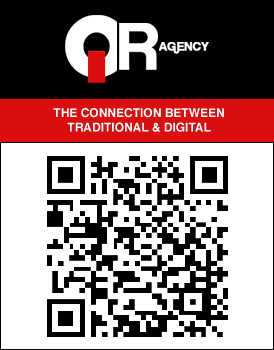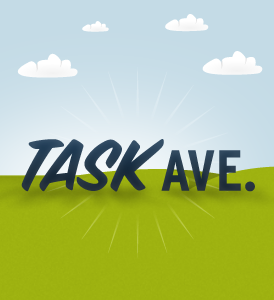iPhone Jailbreaking: The Guts
Last week I was asked about a weird looking, scary screen that came up on my friend’s iPhone. They’d recently Jailbroken the device after reading my article on my own personal blog (see below). When I asked what they saw they referred to a screen with a bunch of stats and boxes. I laughed when I realized they were referring to one of the best Jailbreak applications they would ever use. However, I thought back to when I first saw this wacky screen and how freaked out I was as well. I figured this was a good opportunity to explain how not only that app works but also explain about a couple others that really get into the guts of your iPhone. The apps I am going to discuss today are SBSettings, iFile and MyWi. These apps are available for Jailbroken iPhone/iPod Touch devices 3rd Generation and onward.
SBSETTINGS: This is the “scary screen” that my friend was alluding to. Initially looking at it, there is a lot to take in. However, when you get comfortable using this application, you’ll wonder how you ever did without it. Each box shown in the tray occupying the top 2/3 of the screen is connected to a particular function of the iPhone. In the majority of cases, these are functions that a user would have gone into the Settings app to make changes. However, SBSettings will let you make those changes on the fly. The user need only swipe to the right or left along the top of the phone. I like to swipe across the clock for an easy reference point. A drop down menu will appear just as you see in the screenshot above. You can turn any function on or off. When you’re done just tap the Home button to exit the app. You can also adjust the primary functions of SBSettings through the ”More” button in the bottom tray but I will touch on that in a future article. I use SBSettings almost exclusively as a means to “Spring” (soft reset/boot) my iPhone if I want to clear any applications sitting in the background. Obviously there are a host of other options and I strongly encourage all iPhone Jailbreakers to spend time exploring SBSettings. You may never look at your Settings app again.
IFILE: If you’ve used a computer over the last 20 years this screen should look familiar. It’s a simple directory tree. There are times, admittedly rare, where you might want to access the files within your iPhone. There are times when one file might need to be changed, added or deleted. In the vast majority of cases, the developers for apps will release updates that make those changes for the user. However, every now and then a situation will come up which tasks the user to make changes themselves. This is where iFile comes into play. The user need only tap on each directory to go further along the tree and get to the folders and files they require. In my year and a half using a Jailbroken device, I’ve only had to use iFile three times. Once to make a manual change to Cydia, the other two as part of continuing work on Beta versions of apps. The casual iPhone Jailbreaker may never use this program. However, I firmly believe every user should have it handy just in case.
MYWI: This is easily one of my favourite Jailbreak applications. MyWi 4.0 is a masterpiece. It allows the user to connect and control all forms of communication from your iPhone to another device. I find this particularly helpful when I’m taking my laptop to a place I know doesn’t have a reliable network. I’m able to tether my laptop to my iPhone through USB or tethered Wi-Fi. It also has full Bluetooth functionality – as much as iPhone permits right now anyway. This will come in very handy when Celeste (file sharing through Bluetooth) can be integrated in a future update. Once this happens, users will essentially be able to use their iPhone as a flash drive, swapping tethered files on the fly. The program is loaded with benefits but I am offering a stern warning on its use. First of all, make sure the network you create for your iPhone to other devices is secure. You can and should encrypt your network with a solid, memorable password. At the very least it should have one capital letter, be eight characters in length and have two numbers at random points in the password. It’s a wide open world; don’t let others you don’t know chew up your limited bandwidth. Also, please make sure that your cellular plan has tethering built into it. Tethering on a plan without the tethering feature enabled by the provider can be very expensive. Some companies charge up to $7 per megabyte of tethered dwhen it is downloaded/uploaded without the correct plan. If you cover your bases, please enjoy this monster of a communications app. It comes in very handy in a pinch.
I hope you’ve enjoyed this review and take the time to try out the applications listed here. I consider them all integral parts of my iPhone and I’m sure you will find them all handy in varying degrees.
The link to the article on my own personal blog mentioned above is here.









